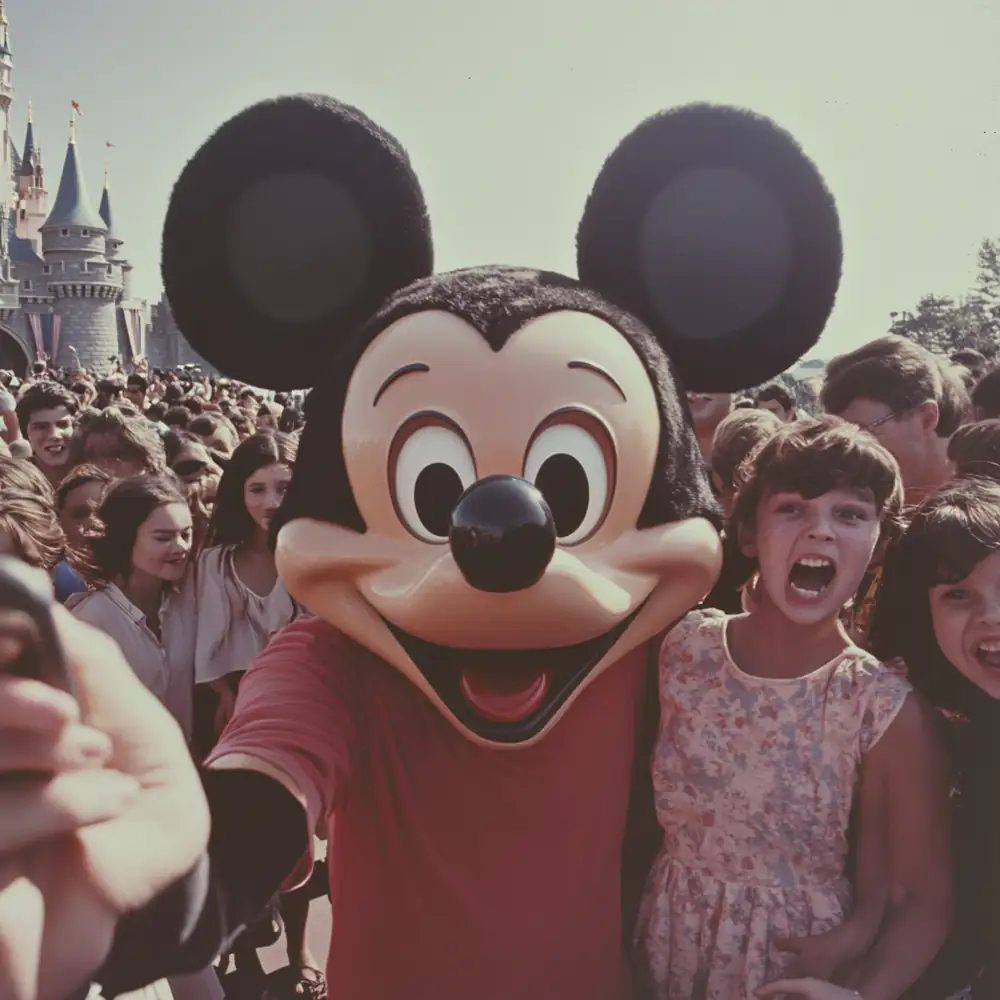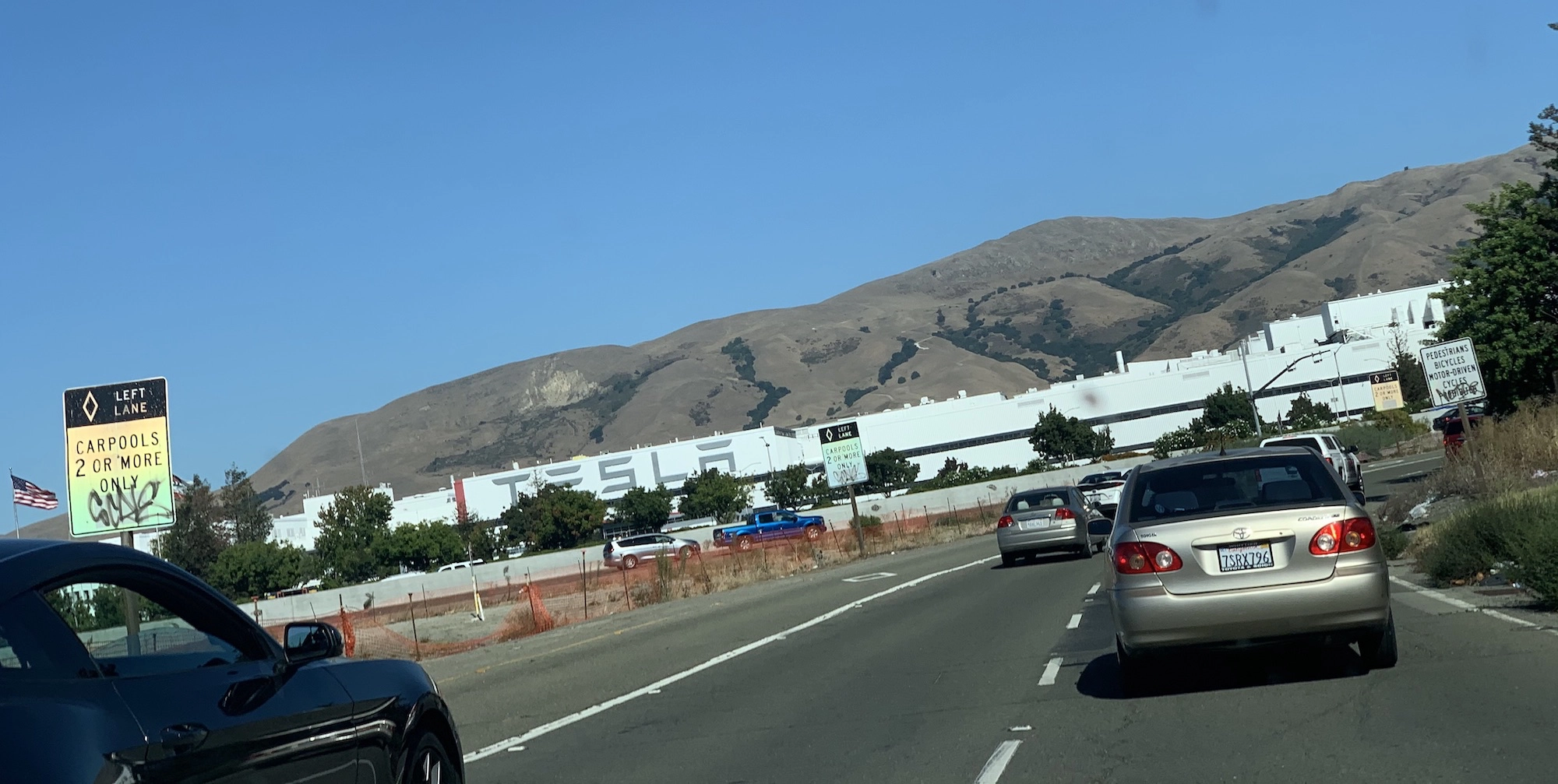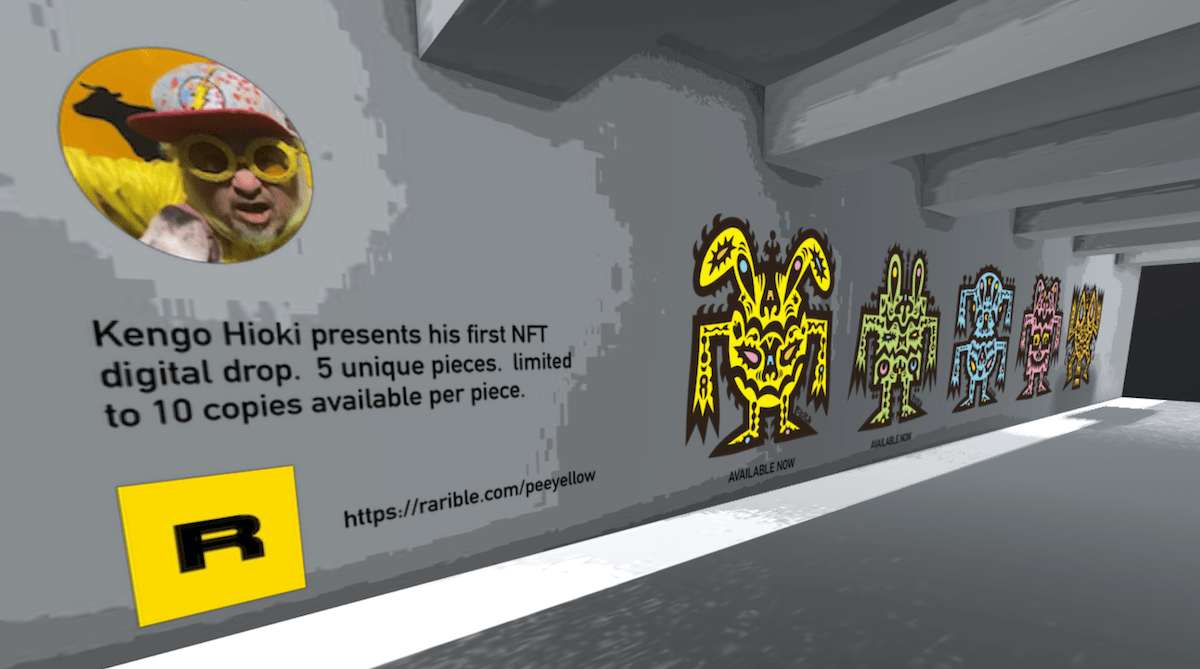Google's Veo 3: The New Standard in AI Video Generation

Google's Veo 3: The New Standard in AI Video Generation
JUNE 05, 2025
The AI video generation race has a new frontrunner. Google's Veo 3 model has set a stunning new benchmark for what's possible in AI-generated video, and I've had the opportunity to test it with some of my standard prompts. The results are nothing short of remarkable.
Re-designed for Greater Realism
Veo 3 represents a significant leap forward in video quality and realism. The model now outputs in 4K resolution with dramatically improved physics simulation and audio generation. The movements are fluid and natural, with none of the uncanny valley effects that have plagued earlier video models.
What's particularly impressive is that these videos include automatically generated audio without requiring any explicit prompting for sound. This default audio generation is a significant power move by Google, demonstrating their confidence in creating fully realized audio-visual experiences rather than just silent clips.
The model also handles complex motion and physical interactions with remarkable precision. The subtle details — fabric moving realistically, accurate shadows, proper weight distribution in movement — all contribute to videos that are increasingly difficult to distinguish from real footage.
Follows Prompts Like Never Before
One of the most significant improvements in Veo 3 is its ability to accurately follow complex prompts. Earlier video models would often miss key elements or fail to properly interpret more nuanced instructions. Veo 3 demonstrates a much deeper understanding of prompt semantics, creating videos that actually match what you've asked for.
I tested this with two of my standard prompts that have historically been challenging for AI video generators. The results speak for themselves:
Mickey Mouse Prompt
Evil mickey mouse taking a selfie in Disneyland surrounded by shocked families, realistic, 70s style polaroid, 8k
Previous models would either refuse this prompt entirely due to copyright concerns or produce a highly stylized or abstract interpretation. Veo 3 not only generated the content but captured the specific "evil Mickey" character with the 70s polaroid aesthetic perfectly. The shocked reactions of the surrounding families add an extra layer of narrative that previous models simply couldn't achieve.
Messi Prompt
Lionel Messi wearing his Argentina uniform floating in the air with beams of light behind him posed like Jesus. Sunrise breaking behind him and a soft halo behind his head, in the style of a gothic stained glass window of a church, volumetric lighting, unreal engine, hyper realistic, hyper detailed, maximum details, photorealistic, 8k, rimlight
This prompt combines celebrity likeness, religious imagery, specific artistic style, and complex lighting effects — a combination that has been nearly impossible for previous models to execute faithfully. Veo 3 handles it with surprising accuracy, capturing both Messi's likeness and the requested stained glass aesthetic while maintaining the reverent, floating pose with appropriate lighting effects.
Improved Creative Control
Veo 3 introduces new capabilities that give creators unprecedented control over their generated videos:
- Precise motion control with keyframe-like specification
- Separate style controls for visual aesthetics and motion dynamics
- Camera movement instructions that actually work as expected
- Consistency in character appearance throughout the video
- Default audio generation without requiring explicit prompting
- Sound design that authentically matches the visual content and mood
These controls make Veo 3 not just a novelty but a genuinely useful tool for content creators who need quick, high-quality video assets without extensive production resources.
Copyright Considerations
What's particularly notable about these examples is how they handle potentially copyright-protected content. Unlike some competing models that implement strict filters, Veo 3 appears to be operating in a space where it can generate recognizable characters and celebrities without obvious restrictions.
This suggests Google is taking a different approach to copyright than competitors like OpenAI and Adobe, who have implemented more aggressive guardrails. Whether this is a temporary stance during testing or represents Google's longer-term strategy remains to be seen, but it currently gives Veo 3 a significant advantage for certain creative use cases.
The Cost Challenge
The biggest obstacle to widespread adoption of Veo 3 is currently its cost. Each of these 5-second videos cost approximately $5 to generate. For professional productions, this might be reasonable compared to traditional production costs, but it's prohibitively expensive for casual users or creators working on multiple iterations.
That said, we've seen this pattern before with previous AI technologies. The initial costs are high but tend to decrease rapidly as the technology matures and competition increases. For now, Google clearly has the technical lead in video generation, though their pricing model may leave room for competitors to gain market share with more affordable options.
The Future of AI Video
Veo 3 represents an important milestone in AI video generation. The quality gap between AI-generated and human-created content continues to narrow, and the creative possibilities are expanding dramatically. As costs inevitably decrease and the technology becomes more accessible, we'll likely see an explosion of AI-assisted video content across media channels.
For creators, the message is clear: video generation tools like Veo 3 aren't replacing human creativity but are becoming increasingly powerful tools to extend what's possible, especially for creators without access to extensive production resources.
Google has established a clear lead in this space with Veo 3, but the pace of innovation suggests we'll see competing models emerging quickly. The next year promises to be an exciting time for AI video generation.




